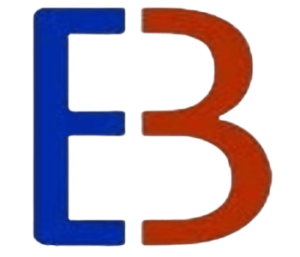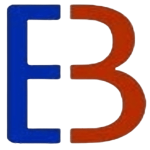Consider heat transfer through a double-pane window as shown in Figure 7.31a. Two layers of glass with thermal conductivity k1 are separated by a layer of stagnant air with thermal conductivity k2. The inner surface of the window is at temperature T1 and exposed to room air with heat transfer coefficient h1. The outer surface of the wall is at temperature T2 and exposed to air with heat transfer coefficient h2. Assume that k1 = 0.95 W/(m・°C),
k2 = 0.0285 W/(m・°C), h1 = h2 = 10 W/(m2・°C), T1 = 20°C, and T2 = 35°C. The thickness of each glass layer is 4 mm, the thickness of the air layer is 8 mm, and the cross-sectional area
of the window is 1.5 m2.
a. Determine the heat flow rate through the double-pane window.
b. Determine the temperature distribution through the double-pane window.
c. Repeat Parts (a) and (b) for the single-pane glass window shown in Figure 7.31b.

